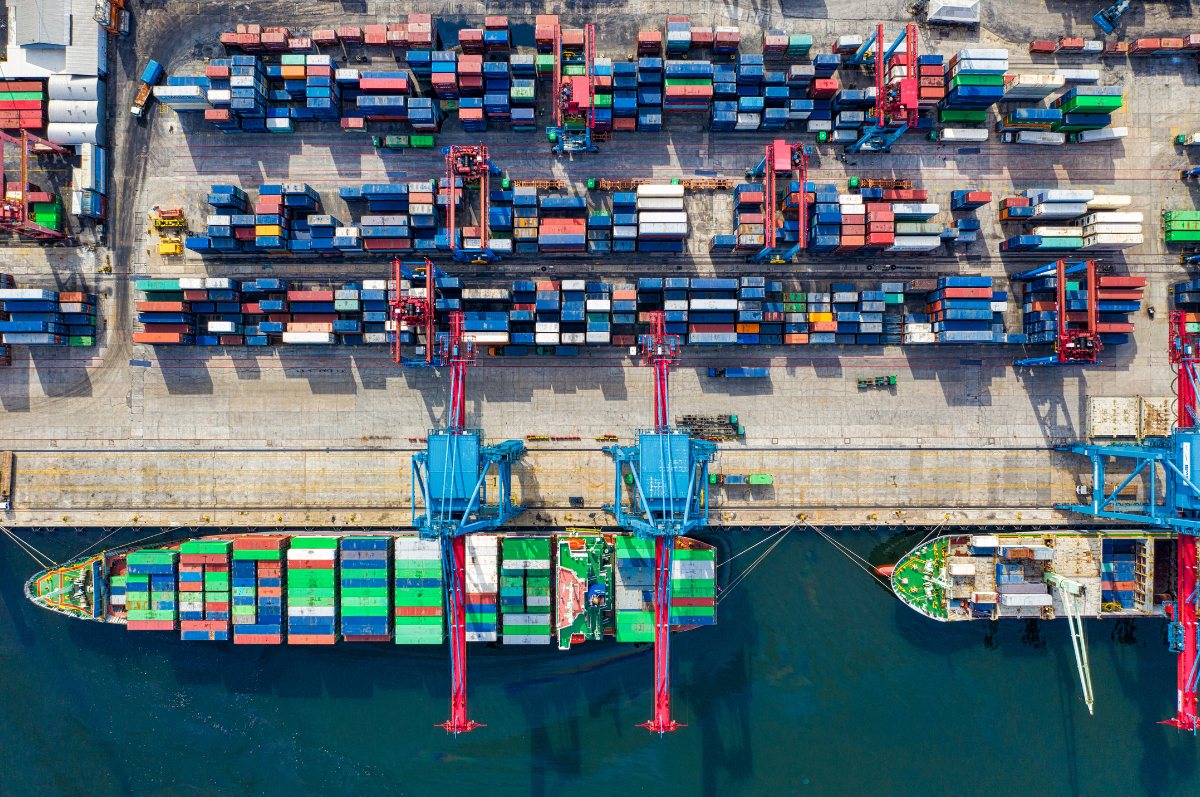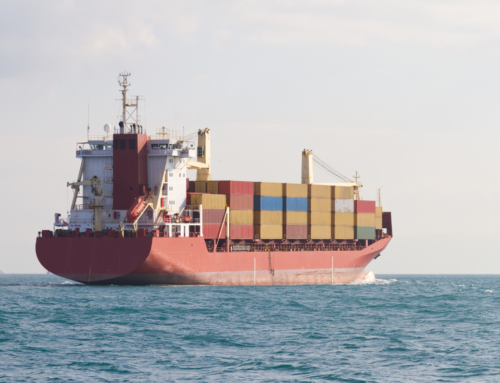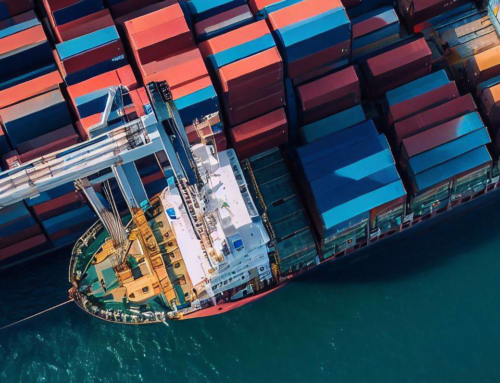Ocean Freight Rates Set to Decline Further in February Amid Middle East Ceasefire and Lunar New Year Slowdown
According to the latest data from Xeneta, the leading Ocean and Air freight rates analytics platform, ocean container freight rates are expected to continue their downward trend in February, driven by the ongoing ceasefire in the Middle East and the seasonal slowdown associated with Lunar New Year celebrations. In response, ocean carriers are taking decisive action to manage capacity and slow the rate of decline.
Spot Rates Experience Significant Drops
As of the latest reporting, average spot rates from the Far East to North Europe stand at USD 3,795 per FEU (40ft container), marking a sharp 22% decrease since 1 January. Similarly, spot rates into the Mediterranean have dropped by 13%, now sitting at USD 5,085 per FEU.
Early indicators suggest that this downward trend will persist into February, with spot rates projected to fall by a further 5–10% on both routes.
Across the Atlantic, the Far East to US East Coast saw average spot rates decrease by 7% in January, now at USD 6,417 per FEU, while rates to the US West Coast fell by 14%, settling at USD 5,021 per FEU. Although rates stabilised somewhat in the latter half of January, further declines are expected, particularly on the US West Coast trade lanes.
Impact of the Middle East Ceasefire and Lunar New Year
While the ceasefire in the Middle East doesn’t guarantee safe passage through the Red Sea for all container ships, it has notably shifted market sentiment, which is having a real impact on freight rates.
“The ceasefire does not suddenly mean safe passage for all vessels through the Red Sea, but it’s enough to change market sentiment, and that directly affects freight rates,”
Peter Sand, Chief Analyst, Xeneta
Sand also highlighted the influence of Lunar New Year celebrations, which traditionally lead to a temporary slowdown in exports from the Far East. However, the evolving situation in the Red Sea remains a significant factor contributing to falling freight rates.
Carriers Respond with Aggressive Capacity Management
In an effort to stabilise rates, ocean carriers are implementing aggressive capacity management strategies:
- Far East to Mediterranean: Blanked sailings are set to surge, with a projected 38,900 TEU of shipping capacity withdrawn during the week commencing 24 February—an increase of 318% from current levels.
- Far East to North Europe: Blanked sailings are expected to reach 75,700 TEU by the same date, representing a 449% increase.
“Carriers will not sit idly by while freight rates collapse. They’ve become much smarter about capacity management in recent years and will do everything they can to keep rates elevated,”
Peter Sand, Xeneta
What’s Next for Freight Rates?
The first quarter of 2024 will be crucial in determining the trajectory of ocean freight rates heading into 2025. The current ceasefire between Israel and Hamas, which began on 19 January, is set to last 42 days before potentially progressing to Phase 2, where a permanent agreement could be reached.
Sand notes that despite recent declines, spot rates are still significantly elevated compared to pre-Red Sea crisis levels, suggesting there’s considerable room for further reductions. However, maintaining higher rates will be challenging, especially with a record number of new vessels entering service. A widespread return to the Red Sea could trigger a sharp collapse in rates.
“The situation is highly fluid, and the outlook for ocean freight can change suddenly. While we’re seeing a decline now, geopolitical factors—like potential shifts in US tariff policies—could just as easily drive rates back up,”
Peter Sand, Xeneta
Rising Bunkering Costs Add to Uncertainty
In addition to fluctuating freight rates, bunkering costs (the fuel used by ships) are under review, with adjustments made quarterly based on average fuel price changes. Given current energy supply issues, increases in bunkering costs are highly probable, adding further pressure to shipping expenses. Some recent adjustments have seen increases of up to USD 350 per container.
While freight rates are trending downward, the ocean container shipping market remains volatile. Factors such as the Middle East ceasefire, Lunar New Year, capacity management strategies, and fluctuating bunkering costs will all play a role in shaping the industry landscape in the months ahead.
For businesses navigating these challenges, staying informed and flexible will be key to managing costs and maintaining efficient supply chains.
Hawley Logistics are experienced in navigating those challenges and the changing requirements for effective sea freight. If you need assistance with your overseas shipping, then please contact us.




